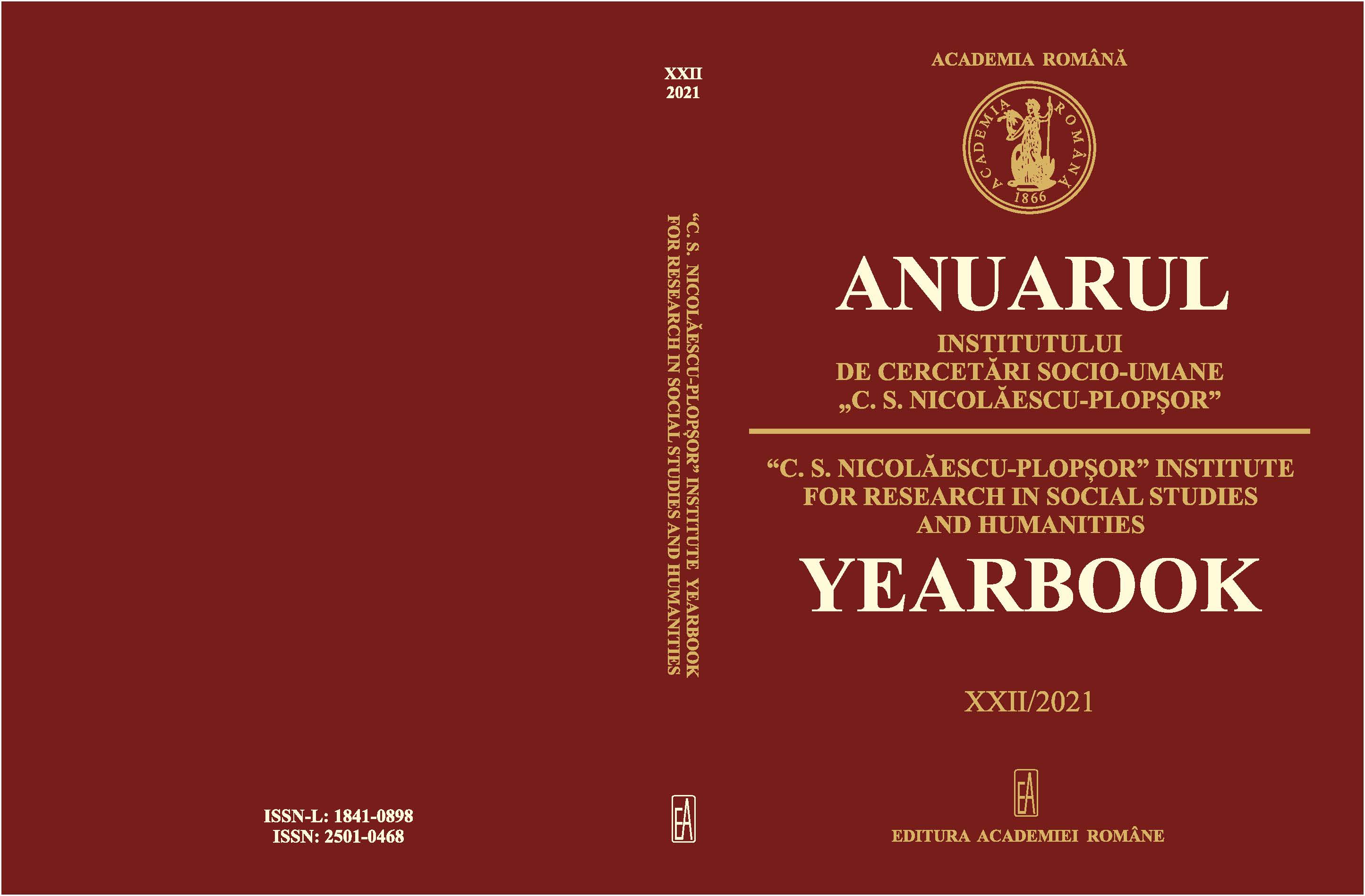HATE, VIOLENCE AND ABUSE IN ROALD DAHL’S CHILDREN’S NOVELS
HATE, VIOLENCE AND ABUSE IN ROALD DAHL’S CHILDREN’S NOVELS
Author(s): Marta AlbuSubject(s): Language and Literature Studies, Applied Linguistics, Studies of Literature, Sociolinguistics, British Literature
Published by: Editura Academiei Române
Keywords: abuse; hate; violence; conflict; childhood; emotional crises;
Summary/Abstract: The present study aims to highlight the theme of hate, violence and abuse in Roald Dahl’s novels. The protagonists are children from unhappy families – Dahl starts from the idea that life is chaotic and often painful, it is not as it should be. They pass through a series of events that make them suffer, they go through various trials, states and feelings. Life itself is difficult, and in their case, adults do not play a positive role, on the contrary, they submit them to an aggressive treatment. Dahl’s fiction puts children in the center of the action, confronts different representations and thus they become agents of change, they struggle, suffer, but, in the end, they find a solution to save, to cope with life, find meaning and value in a chaotic world, they create a cathartic exit. His books also contain a message for adults, a kind of reminder that a child’s world is not only light and joy or pleasure, but also contains complicated shadows, fears and various emotional states
Journal: Anuarul Institutului de Cercetări Socio-Umane „C.S. Nicolăescu-Plopșor”
- Issue Year: 2021
- Issue No: XXII
- Page Range: 157-167
- Page Count: 11
- Language: English

